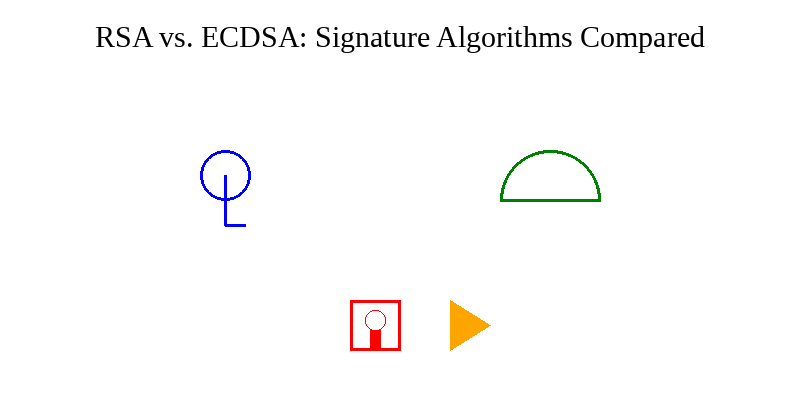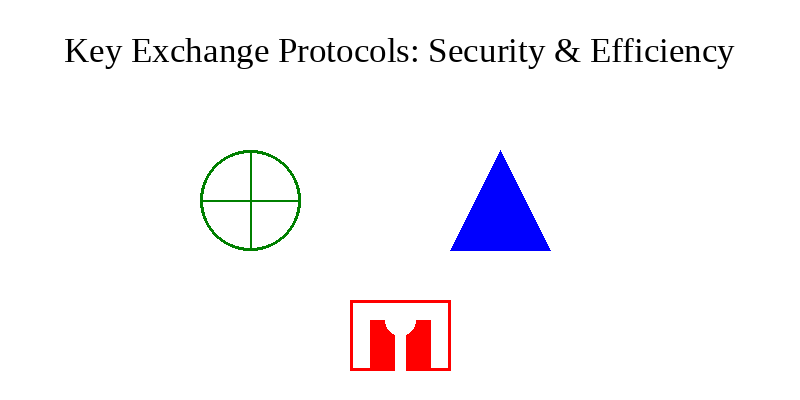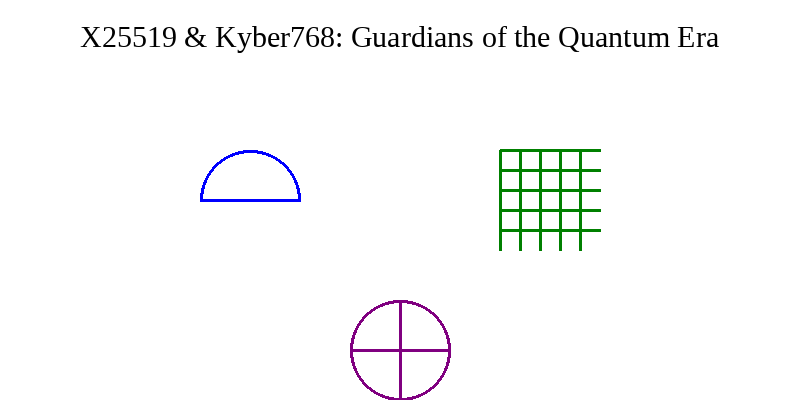Digital signatures are crucial for ensuring the integrity and authenticity of data in our increasingly digital world. In this post, we’ll conduct a technical comparative analysis of major signature algorithms, specifically RSA (Rivest–Shamir–Adleman) in both PKCS#1 (Public Key Cryptography Standards #1) and PSS (Probabilistic Signature Scheme) forms, as well as ECDSA (Elliptic Curve Digital Signature Algorithm), in conjunction with various SHA (Secure Hash Algorithm) variants.
RSA-PKCS1 (Rivest–Shamir–Adleman - Public Key Cryptography Standards #1)
Advantages
- Universal Adoption: RSA-PKCS1’s widespread use ensures compatibility across numerous systems. 🌍
- Robust Security: With an appropriate key size and PKCS#1 v1.5 padding, RSA-PKCS1 provides a high level of security. 🔐
Disadvantages
- Computational Intensity: The RSA algorithm requires significant resources, particularly for large key sizes, which can slow down performance. 🐢
RSA-PSS (Rivest–Shamir–Adleman - Probabilistic Signature Scheme)
Advantages
- Enhanced Security: RSA-PSS incorporates randomness, offering improved security over the traditional RSA-PKCS1. 🛡️
- Standardization: Recommended by various organizations, including the National Institute of Standards and Technology (NIST). 📜
Disadvantages
- Limited Adoption: Despite its advantages, RSA-PSS is less commonly used than RSA-PKCS1. 📉
ECDSA (Elliptic Curve Digital Signature Algorithm)
Advantages
- Efficient Performance: ECDSA is known for faster computations and reduced resource usage compared to RSA. 🚀
- Compact and Secure: Achieves comparable security to RSA with smaller key sizes, enhancing efficiency. 🗝️
Disadvantages
- Implementation Complexity: The complex nature of ECDSA operations increases the risk of implementation errors, potentially leading to vulnerabilities. 🧩
SHA Variants (Secure Hash Algorithm)
SHA256, SHA384, and SHA512 are part of the cryptographic hash function family developed by the National Security Agency (NSA). They mainly differ in their hash output size, affecting both their security level and computational speed.
- SHA256: Offers a balanced security-performance ratio, making it suitable for various applications. ⚖️
- SHA384 and SHA512: Provide enhanced security with longer hash lengths but at a cost of lower performance. 🛠️
Navigating the Algorithmic Labyrinth
Choosing the right signature algorithm requires balancing security needs, performance considerations, and compatibility with existing systems. This post aims to provide insights into the strengths and weaknesses of RSA and ECDSA, guiding you in making informed decisions in the cryptographic landscape.

 🗝️🔐💻 Unraveling the Mysteries of Key Exchange Protocols: A Comprehensive Guide
🗝️🔐💻 Unraveling the Mysteries of Key Exchange Protocols: A Comprehensive Guide